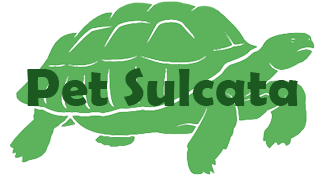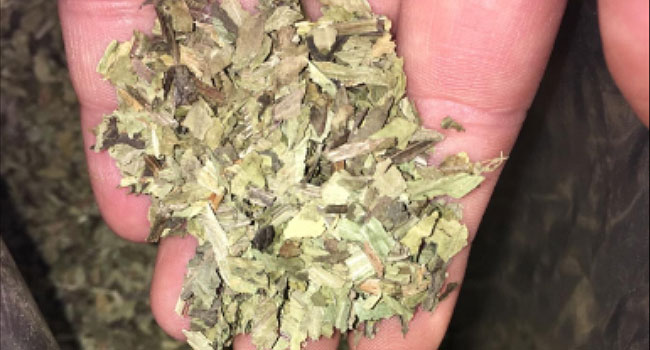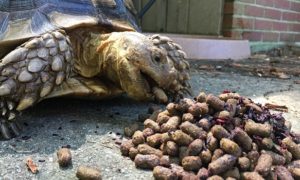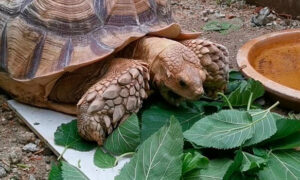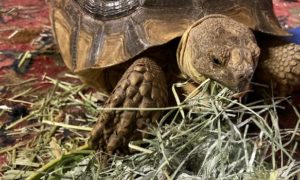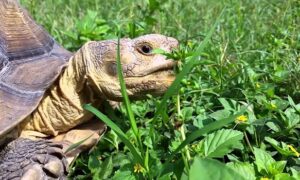Weeds and greens should make up a combined 20% of a sulcata tortoise’s diet. During the spring and summer months, fresh weeds and leaves are likely plentiful. But during the colder months of the year, you may find it harder to find fresh weeds and leaves. So, look for dried weeds and leaves.
You can collect fresh throughout the year and dry them yourself. Or you can buy organic and human-grade dried leaves for your tortoise. Or you can do both because you may not find all your tortoise’s favorite weeds in a dried form.
Dried weeds and leaves have a shelf life of up to two years when stored in a dry, dark place in a resealable bag. This means they’ll last several seasons, even through the fall and winter months when weeds and leaves aren’t as plentiful.
Some of the more popular dried leaves include the below. Also, check out dried flowers, for healthy treats for your sulcata tortoise.
Alfalfa Leaves
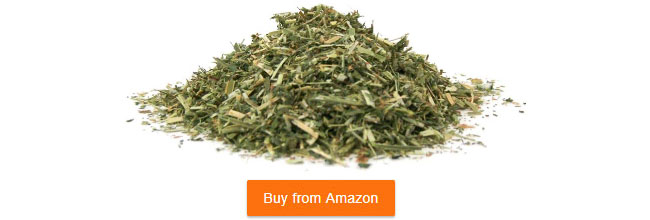
Some sources say that you should never feed a tortoise alfalfa leaf (Medicago sativa), but other sources say that you can offer it in limited amounts. Alfalfa is high in protein, which is why you want to limit it in your sulcata’s diet. But, vegetable proteins can be safe and healthy. Offer alfalfa leaves once a week, but no more. Alfalfa also contains vitamin K, vitamin C, copper, manganese and trace vitamin D3.
Dandelion Leaves
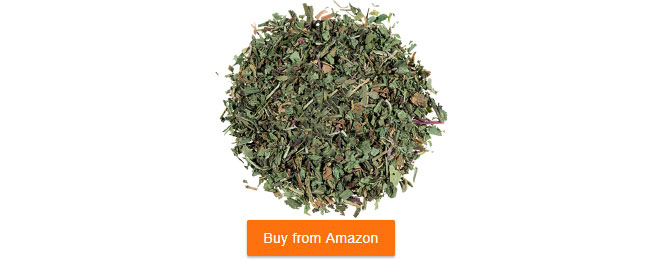
Sulcata tortoises LOVE dandelion leaves and flowers, but dandelion ( Taraxacum officinale) is actually a moderate feed. Although, dandelion is high in calcium and vitamin K, it is also high in oxalates. Offer a pinch of dried dandelion leaves one to two times a week.
Moringa
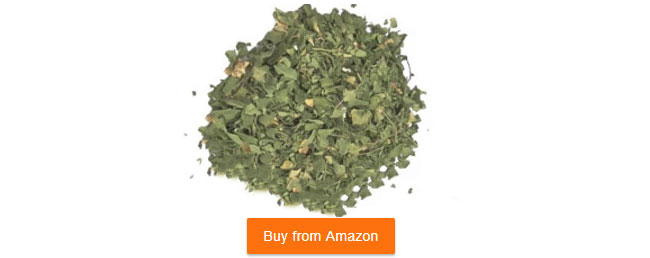
Moringa is rich in vitamin A, vitamin C, potassium, calcium, iron and protein. It contains over 90 different nutrients and 46 antioxidants. Add moringa leaves to your tortoise’s diet a few times a week.
Oatstraw
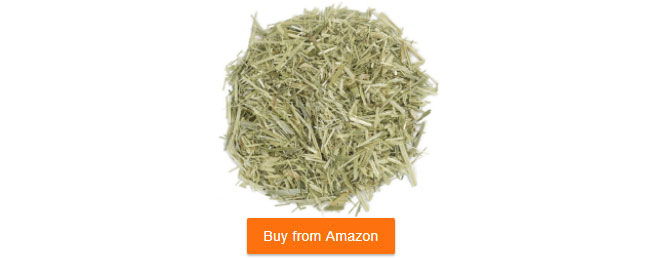
Oatstraw is a fine cut oat grass, also known as cat grass and wheat grass. Adding oatstraw to a sulcata’s diet is a great way to introduce baby and young sulcata tortoises to grass and hay. The tortoise gets the taste and texture of hay mixed in with they’re favorite greens and fresh grasses.
Plantain
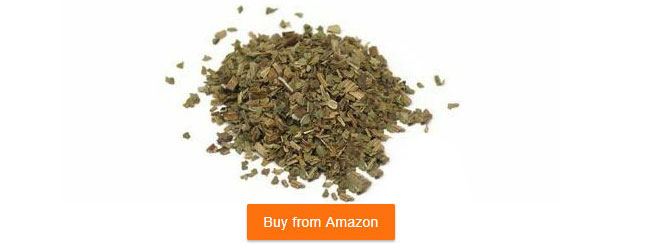
Plantain major is a good source of vitamin C, calcium and potassium. Fresh plantain or dried, this is a great food item for your sulcata diet. Sprinkle on greens or add it to tortoise pellets, like Mazuri or Zoo Med Grassland.
Red Raspberry Leaves
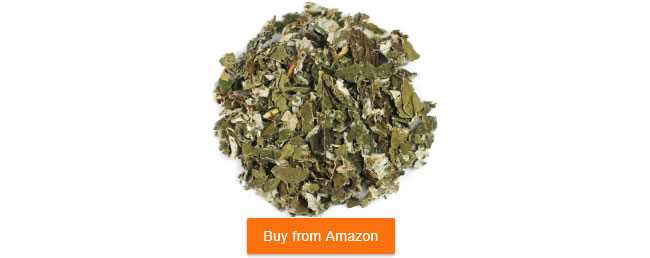
Raspberry leaves are rich in vitamins and minerals, like B vitamins, vitamin C, potassium, magnesium, iron and phosphorus. Some sources say you should only feed raspberry leaves sparingly because of the tannin content, so about one to two times a week.
Spearmint Leaves
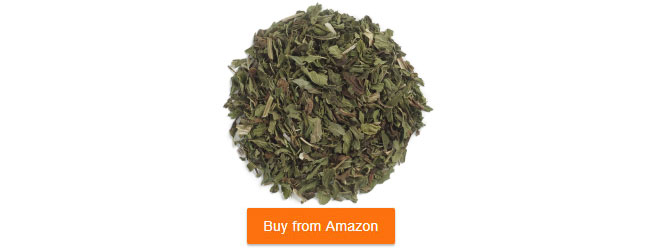
Some tortoises don’t like mint or spearmint because of the strong smell, but it is rich in vitamin A, vitamin C, vitamin B6, calcium, iron, manganese, magnesium and other nutrients.
How to Feed Dried Leaves to Sulcata Tortoises
When feeding dried leaves to tortoises, you can offer them as is or soak them to moisten them. To moisten dried weeds and leaves, place it in a bowl of water and let it soak for about 30 minutes or so.
To serve, add about a pinch of the leaves on top of your tortoise’s food. Add to greens, Mazuri or Zoo Med Grassland pellets.
